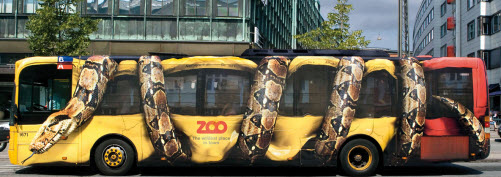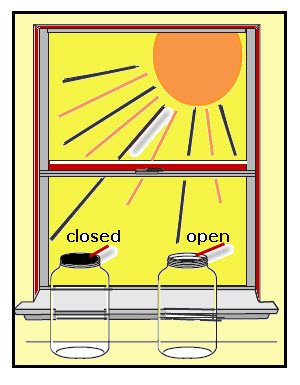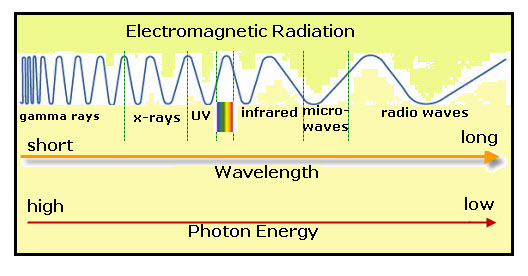February 11, 1847 is the birth date of Tomas Alva Edison. Thomas Edison became very interested in science and inventions at an early age and spend a great deal of time experimenting. At age 10, he built his first science laboratory in the basement of the family’s home. His father did not approve of all […]
Optical Illusion: Zoo Bus
This is tooooooooo cool! What do you think! will this zoo advertising attract more people to the zoo or scare them away. The zoo bus is advertising the Copenhagen Zoo. I personally love it and it will be on the top of my list of where to go in Copenhagen. I cannot stop looking at […]
Energy: Atmosphere Model
A model represents something. For example, a model airplane is a replica of some real airplane, but much smaller. A model can also represent how something behaves, such as a closed jar represents how Earth’s atmosphere keeps Earth warm. This is done because the atmosphere, a blanket of air that surrounds Earth, traps heat leaving […]
Forces: Bouncing Ball
Question: Why does a basketball bounce? Answer: Let’s assume that the ball is dropped, so that the only force on the ball is gravity. All moving objects have kinetic energy. When the ball strikes the floor, the part of the ball against the surface is flat, and the space inside the ball is smaller, which […]
Teaching Tips: Slime-Viscoelastic
Gooey, Slippery, Slime is always a fun investigation. You can always “beef-up” the information for more advanced learners. There are so many wonderful science terms related to slime. Today, I want to introduce a property of slime called viscoelastic. This word is a mixture of two words: viscous and elastic. viscous The resistance to flowing. […]
Density: Dimensional Analysis
The volume (in cm3) of 0.55 kilogram piece of iron (Density = 7.9 g/cm3) is _________ When I read a math problem, I often draw a diagram. Of course it doesn’t have to be fancy–it is just to help me understand what each of the facts in the problem mean. I also list all the […]
Black Light
Question: How can light be black? Answer: I assume that you are referring to the light emitted by a black light. The light is not black in color. In fact, there is no such thing as “black light.” The color black is produced when all visible light striking a material is absorbed. This means that […]
Science Fair Projects: Getting Started
Question: I want to do a science project about the effects of melting icebergs. How do I get started? Answer: There are FOUR basic steps for starting any science fair project. Step 1. Select a topic: Step 2. Find a Descriptive Investigation about the Topic: A descriptive investigation is an exploratory experiment which give instructions […]
Photon
Question: What is a Photon? Answer: Electromagnetic radiation is a form of energy that is released by an atom. This energy is made up of many small particle-like packets that have energy and momentum but no mass. These particles, called photons, are the most basic units of electromagnetic radiation. Electromagnetic radiation is often referred to […]
Allergies: Allergens
In a dusty area, most people sneeze. This is because dust contains so many different things that irritate the lining inside the nose. For example dust can be made of these things and more: molds pollen roach poop dust mite poop pet and human dander (dead skin) Sneezing in a dusty area is not the […]
- « Previous Page
- 1
- …
- 72
- 73
- 74
- 75
- 76
- …
- 96
- Next Page »





